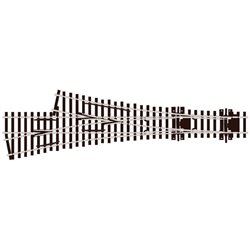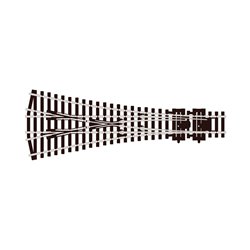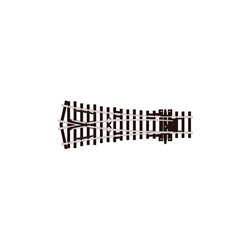There are three common model railway scales, these being N Gauge, OO Gauge and G scale; although there are several...
No products
Product successfully added to your shopping cart
There are 0 items in your cart. There is 1 item in your cart.
Search Tips
Christmas and New Year
We are dispatching orders every weekday apart from Christmas Day, Boxing Day and New Year's Day.
If you order is time critical, select next day delivery at checkout.
The shop in Sandown is closed from 25th December, reopening on 30th December.
What is interlocking?
Interlocking is used in railway signalling to ensure that potentially dangerous combinations of points and/or signals cannot be selected.
Interlocking works by either a physical mechanism or an electronic application preventing a signaller from selecting or clearing a route that could cause an accident or derailment. The most common use for an interlocking system is to prevent another train from entering a track where clearance has already been set for another train.
Although the original systems of mechanical interlocking worked just fine, advancements in technology has resulted in the widespread introduction of computer software to control systems resulting in a cheaper, easier to maintain and more sophisticated system of interlocking being achieved.
Click here to receive the tips weekly in your mailbox. You can unsubscribe at any time.










